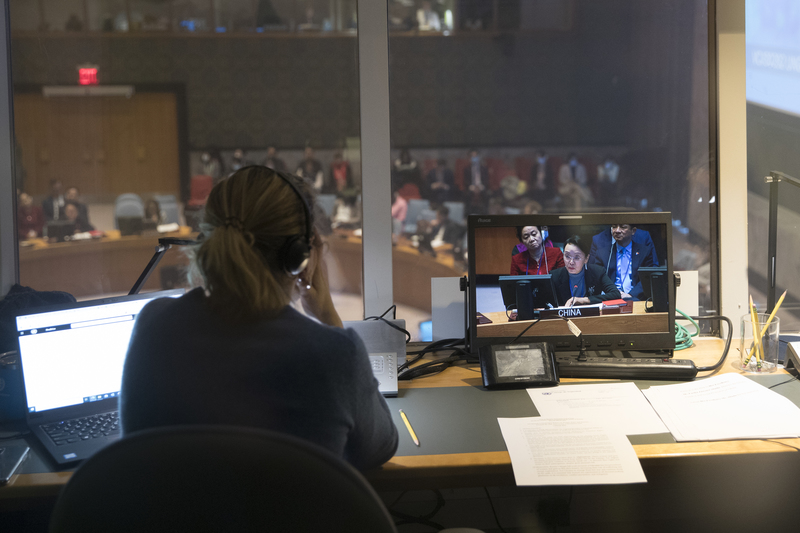In the fast-paced world of short dramas—where every second counts to hook viewers—audio is as critical as visuals. A character’s trembling voice, a tense pause, or a narrator’s knowing tone can make or break engagement. But when adapting your series for global audiences or enhancing storytelling, two strategies dominate: dubbing and voice-over. At first glance, they might seem interchangeable—both involve adding new audio to video—but their roles are as distinct as a whispered secret and a shouted announcement. Choosing between them isn’t just about budget or convenience; it’s about matching the audio to your story’s heartbeat. Let’s break down how to decide which one fits your short drama best.
First, let’s define the two. Dubbing replaces the original dialogue track entirely, with voice actors mimicking the timing, tone, and even lip movements of the on-screen characters. It’s like giving the characters a new voice that fits their mouth movements and emotions—so seamlessly, in the best cases, that viewers might forget they’re not hearing the original. Think of a romantic short drama: when the lead says, “I’ve waited years for this,” a dubbed version in Spanish would have the voice actor hitting the same syllables, the same pause before “years,” so the emotion lands as sharply as the original.
Voice-over, by contrast, sits on top of the original audio (or alongside it). It’s a separate narration or commentary that doesn’t try to match lip movements. A voice-over might explain backstory (“Three months earlier, Lila had no idea her brother was alive”), or offer insight (“The old factory wasn’t just abandoned—it was hiding a secret”). It’s not replacing the characters’ voices; it’s enhancing them, like a guide whispering context in the viewer’s ear.
Now, let’s talk about ideal scenarios. Dubbing shines in short dramas where immersion is everything—think emotional dramas, thrillers, or comedies that rely on character chemistry. These genres live and die by how believable the interactions feel. If your short drama hinges on a heated argument between two friends, or a tender confession, dubbing ensures the audience focuses on the tension, not the language barrier. For example, the hit Chinese short drama Lost in the Rain used dubbing for its Korean release: by matching the actors’ lip movements and emotional cadence, viewers in Seoul felt the same heartache as those watching in Beijing.
Voice-over, on the other hand, is perfect for short dramas with a narrative frame—documentary-style stories, educational content, or mysteries that need context. Suppose your series follows a detective solving a decades-old crime. A voice-over can smoothly fill in gaps: “The locket she found? It belonged to the victim’s daughter, who vanished in 1997.” This avoids clunky flashbacks or awkward dialogue that slows down the 10-minute episode. Similarly, travel short dramas often use voice-over to share fun facts (“This market has been run by the same family since 1892”) without interrupting the visuals of bustling stalls and smiling vendors.
Cost is another key factor. Dubbing is the pricier option. It requires hiring voice actors who can mimic not just words, but cadence—the rise and fall of speech that conveys sarcasm, joy, or anger. Then there’s post-production: editors spend hours aligning audio with lip movements, a process called “lip-syncing,” which can add 30-50% to production costs. For a 50-episode short drama, this adds up quickly, especially if you’re dubbing in multiple languages.
Voice-over, by comparison, is more budget-friendly. There’s no need for precise lip-syncing, so recording is faster. A single voice actor can narrate an entire series in a day, and editing mostly involves balancing volume with the original audio. This makes it ideal for indie creators or short dramas with tight budgets—say, a 10-episode series about local history, where the focus is on facts, not emotional nuance.
But cost shouldn’t overshadow audience experience. A poorly dubbed short drama can feel jarring: a high-pitched voice for a gruff character, or audio that lags behind lip movements, pulls viewers out of the story. In worst cases, it can make the drama feel cheap, even if the visuals are strong. Voice-over, when overused, risks a different problem: it can feel like a lecture. If every scene is interrupted by a narrator explaining what’s obvious (“She’s upset because he lied”), viewers tune out. The sweet spot? Using voice-over sparingly, to clarify what can’t be shown—like a character’s inner thoughts or historical context.
Cultural context also plays a role. In countries like Germany or Brazil, audiences often prefer dubbing, finding it more immersive than reading subtitles. In Japan or France, however, voice-over is common in documentary-style content, with viewers valuing the original actors’ voices alongside narration. Knowing your target market can tip the scales: a short drama aimed at Brazilian teens might need dubbing to compete, while one for Japanese history buffs could thrive with voice-over.
In the end, the choice boils down to your story’s core goal. Do you want viewers to live in the moment, feeling every gasp and laugh as if they’re in the room? Dubbing is your ally. Do you need to guide them through complex plots, backstories, or facts? Voice-over will serve you better. And sometimes, the best strategy is a mix: a dubbed argument between characters, followed by a brief voice-over to explain its significance.
Short dramas thrive on connection—whether it’s a laugh, a tear, or a “aha!” moment. The right audio strategy doesn’t just translate words; it preserves that connection, no matter the language. So choose wisely: your audience’s engagement depends on it.











